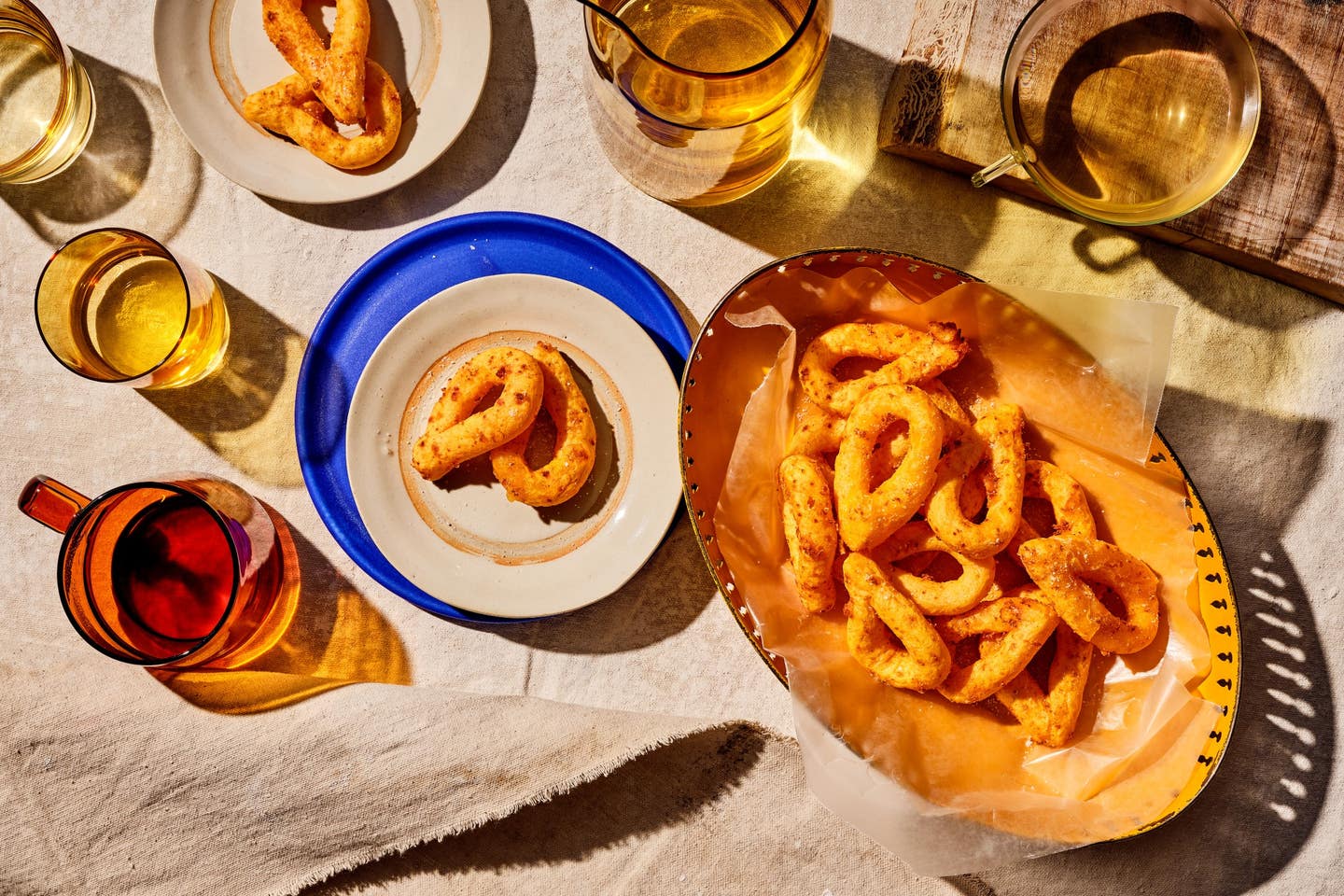
This Glorious Root Is Northeast Argentina’s Pantry Staple
Meet the cooks and farmers bringing it to a national audience.
Ramona Niz grabs pearly white mandioca roots by the handful and pushes them through a grinder. The homemade wooden contraption used to extract starch sits outside next to her home in Manantiales, an isolated farming town in the Northeast Argentinian province of Corrientes, where Niz and her family are surrounded by mandioca and corn fields that thrive under the intense summer sun. A few generations back, scenes like this used to be quotidian in every rural home, but an exodus from subsistence farming spurred in part by the proliferation of industrial agriculture has turned many of these machines into mere decoration.
Half a dozen women stand in a semi-circle and watch Niz in awe. They are from the organization Cocineros del Iberá, a network of more than a hundred cooks and food producers from towns and villages that surround the Esteros del Iberá, a 1.3 million hectare stretch of wetlands that cuts through the middle of Corrientes. Members are working to reinvigorate local food traditions, including mandioca, and strengthen the regional economy. In this part of the country, mandioca is both an essential pantry ingredient and the livelihood of farmers and cooks across the region.
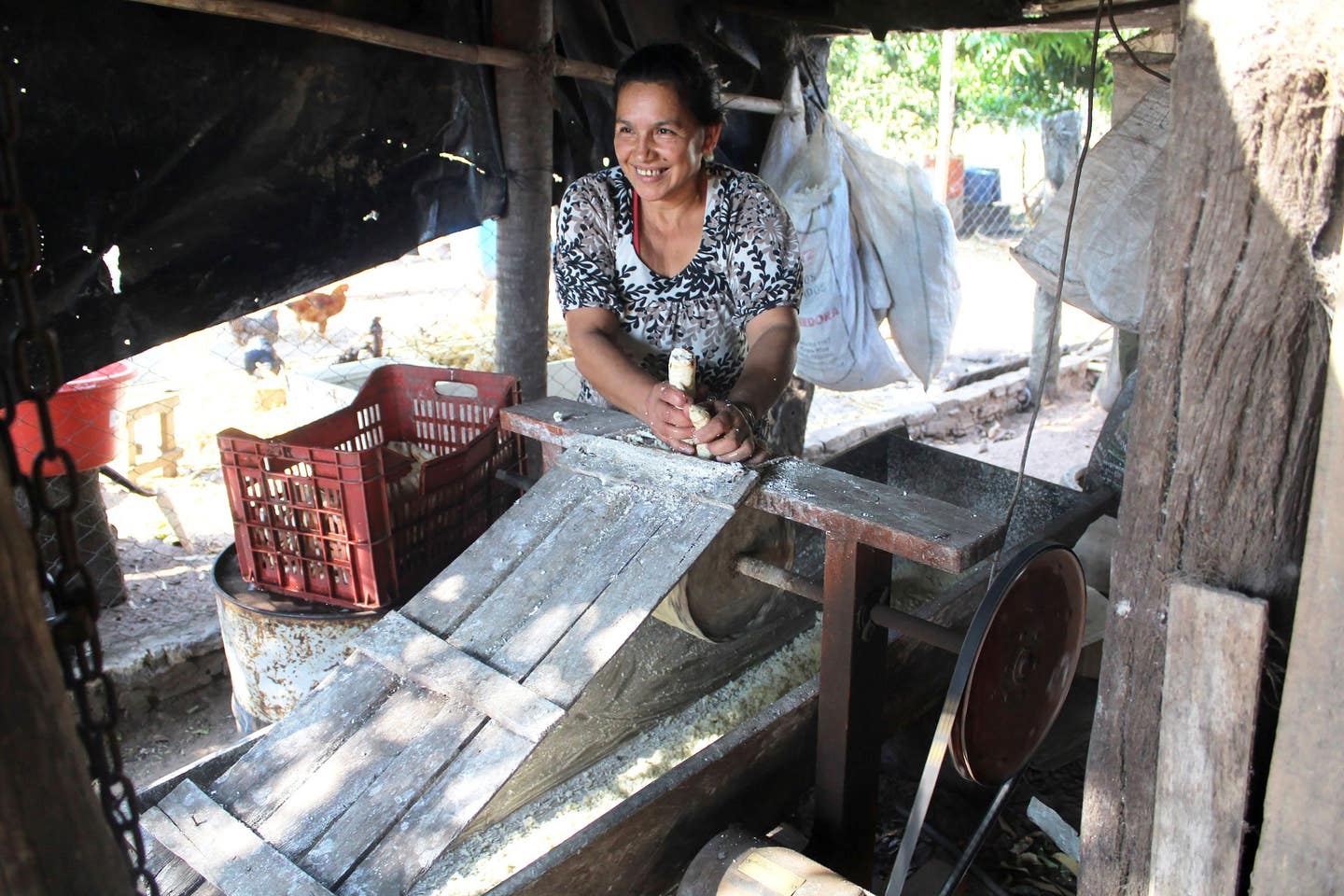
As she works, a metal grater spins thunderously and pulverizes the roots, spitting out thin strips that splatter drops of starch in every direction. During her grandparents’ era, this was a two-person operation. One person had to strongarm the crank to turn the grater, while the other person fed the machine mandioca. Today, a retrofit motor condenses the job of shredding hundreds of kilos worth of mandioca each season. This step is the only part of the process of extracting starch from mandioca roots that the Niz family has mechanized.
“We do everything by hand,” Niz tells me through a wide smile that never leaves her face. “This is how we’ve always done it.”
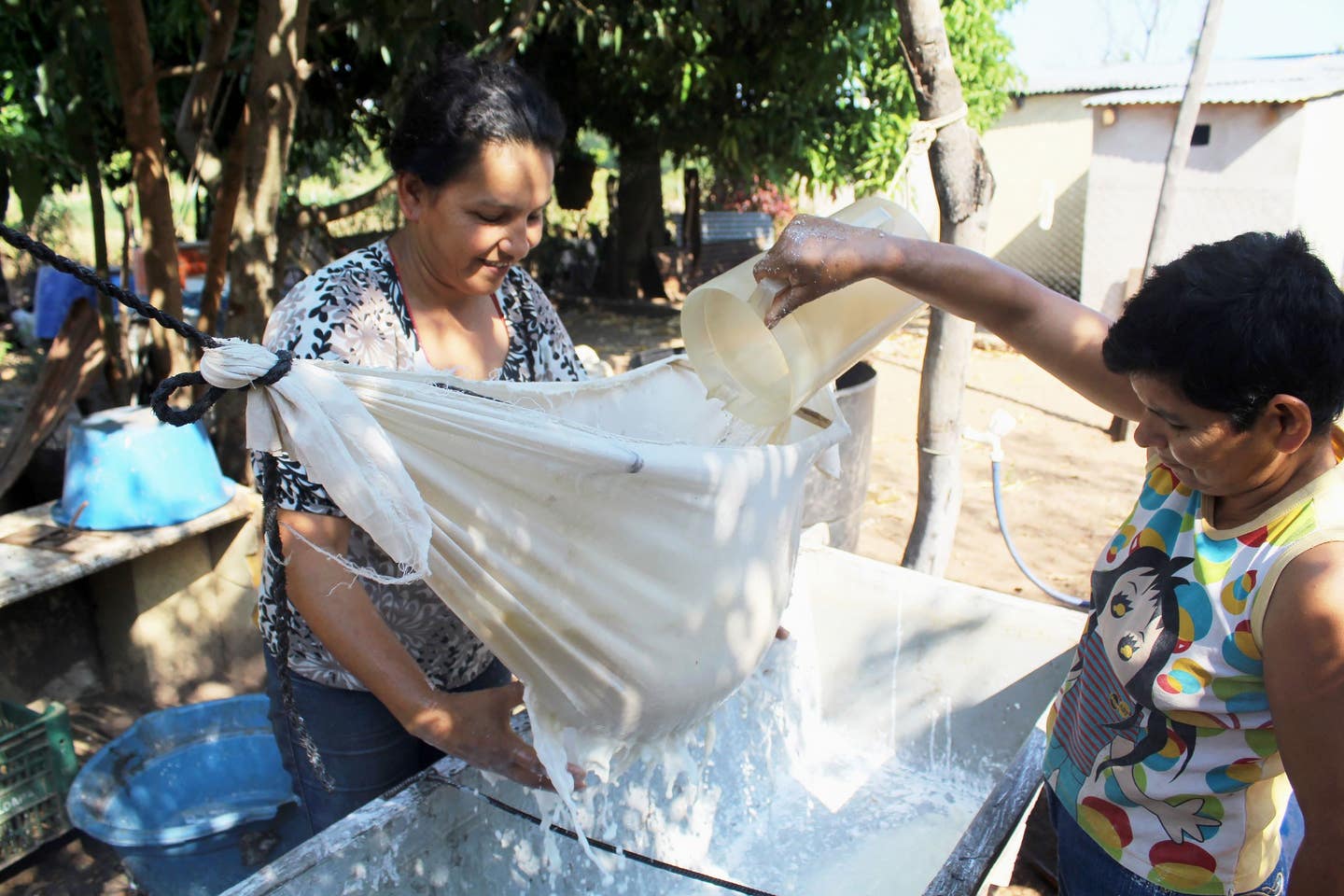
Niz and her assistant Mari Flores drop mandioca by the bucketful into a thin sheet that is folded in half and hung on a clothesline. One of them pours jugs full of water through the sheet while the other agitates the mandioca until the water runs clear. What’s left over is a compacted opaque ball of mandioca, which gets tossed into the pig pen along with fallen fruits and avocado, as well as corn cobs.
The liquid that collects in a trough below the sheet sits for the afternoon until the starch and water separate. The starchy paste is scooped out and laid onto a sheet of metal under the sun in the front yard. On days when the heat hovers around 100 degrees Fahrenheit, the wet starch turns powdery and dry in a day or two. By then, it is ready for making chipá (spelled chipa in original Guarani), a family of cheesy breads eaten from dusk to dawn between swigs of yerba mate.
In rural areas, mandioca starch is often sold directly by the producer or at the local vegetable shop, but in the nearby provincial capital just two hours away, it's near impossible to find anything but industrial starch, which includes different mandioca varieties that are mixed together and dried hastily in a giant oven.
“It isn’t the same at all,” says cook Romina Esquivel, a member of Cocineros. “You can feel the difference in your hands. The dough isn’t as smooth, the chipá isn’t as soft, and when it cools, it turns rubbery and hard.”
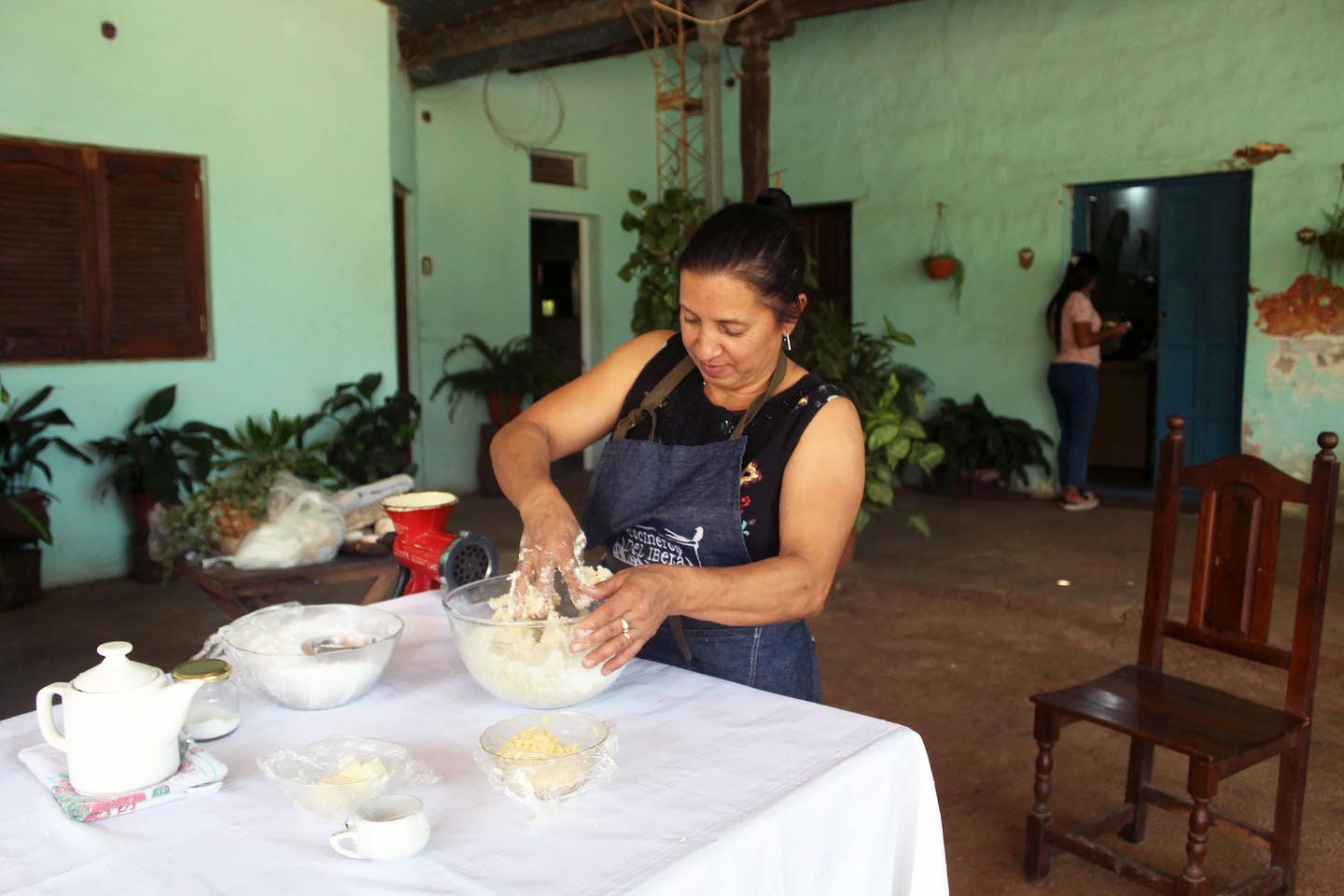
Among the small crowd watching Niz work are Estefania Cutro and Gisela Medina, co-founders of Cocineros del Iberá. In 2016, Cutro, an agricultural engineer, attended a lunch that Medina was catering, and was immediately smitten with a plate of kivevé and chicharrón trenzado, a slightly sweet squash pureé and braided beef confit cooked with lemon and mandarin juice.
“I always understood that the work I do finishes with a plate of food,” explains Cutro. “I work mostly with farmers but am curious about how that food transforms inside the kitchen. When I met Gisela, I immediately thought, ‘I need to be friends with this woman.’”
Cutro got the idea to organize a formal network of cooks and food producers after attending a conference in the northwest province of Jujuy, a region where a massive tourism industry emerged practically overnight after the Quebrada de Humahuaca—a valley in Northeast Argentina known for its colorful mountainscapes—was named a UNESCO World Heritage Site.
“The people I met struggled to convince locals to get in early on tourism,” Cutro recalls. At the time of the conference, the wetlands were being turned into a national park and Cutro wanted to make sure local communities could benefit from imminent tourism development whilst preserving their culture. “We knew that the park would attract travelers to the small towns that surround it. It was important to create a formal network that would stimulate a circular economy and unite and give autonomy to local producers and cooks.”
Together, Cutro and Medina secured funding to equip home kitchens with new ovens, mixers, and refrigerators, and to provide educational resources for proper food handling, accounting, customer service, and business development for transforming informal hustles into proper vocations. Today, the Cocineros del Iberá network has been adopted as a cultural program by the provincial government, and the organization has become the face of food fairs across the region.
The women of Cocineros and I pack into a few cars with bags of corn and mandioca starches in tow and head to the home of cook and Cocineros member Marcela Acosta in nearby Mburucuyá. There, she and Esquivel treats the group to a Correntino-style banquet: anguyá, a fried mandioca and sweet potato cheese fritter; sopa correntina, a fresh corn and chicken casserole usually reserved for the holidays; classic chipá balls; and chipá mbocá, chipá dough spread onto a branch and rotated slowly over a fire pit until the cheese bubbles and browns.
“My abuela had a special eucalyptus branch reserved for making mbocá,” Esquivel tells me. ”It was something we ate on the weekends or special occasions. It’s a luxury for everyone but the one holding the stick.” She gestures towards the sun. It’s nearly 100 degrees out.
The lunch spread is a cross-section of the indigenous Guaraní and Spanish Criollo food traditions that blended into one another in Northeast Argentina and across the border of neighboring Paraguay: mandioca and corn-based dishes that incorporated butter, milk, and cheese when the Spanish brought cattle to the Americas. Such dishes have defined the local diet for centuries.
Yet, this kind of a feast is an unusual occurrence. Many of these foods are rarely consumed outside the home, and the labor that goes into preparing them is making many varieties of chipá a less common sight at the dining table these days. In the nearby provincial capital and the half-dozen towns I stopped through around Corrientes, I found little more than classic chipá in bakeries, gas stations, and street stalls—sprinkled amongst a sea of restaurants serving steak, milanesas, pastas, burgers, and pizzas, foods that now hold more social currency in the local dining scene.
The Cocineros' growing presence in food fairs is helping turn that around. The recent publication of Cocina Correntina, a cookbook edited by Cutro with the Guarani-Correntino recipes of her mentor, botanist and fervent home cook Aurelio Schini Cacace, will hopefully bring Correntino food identity to a national audience.
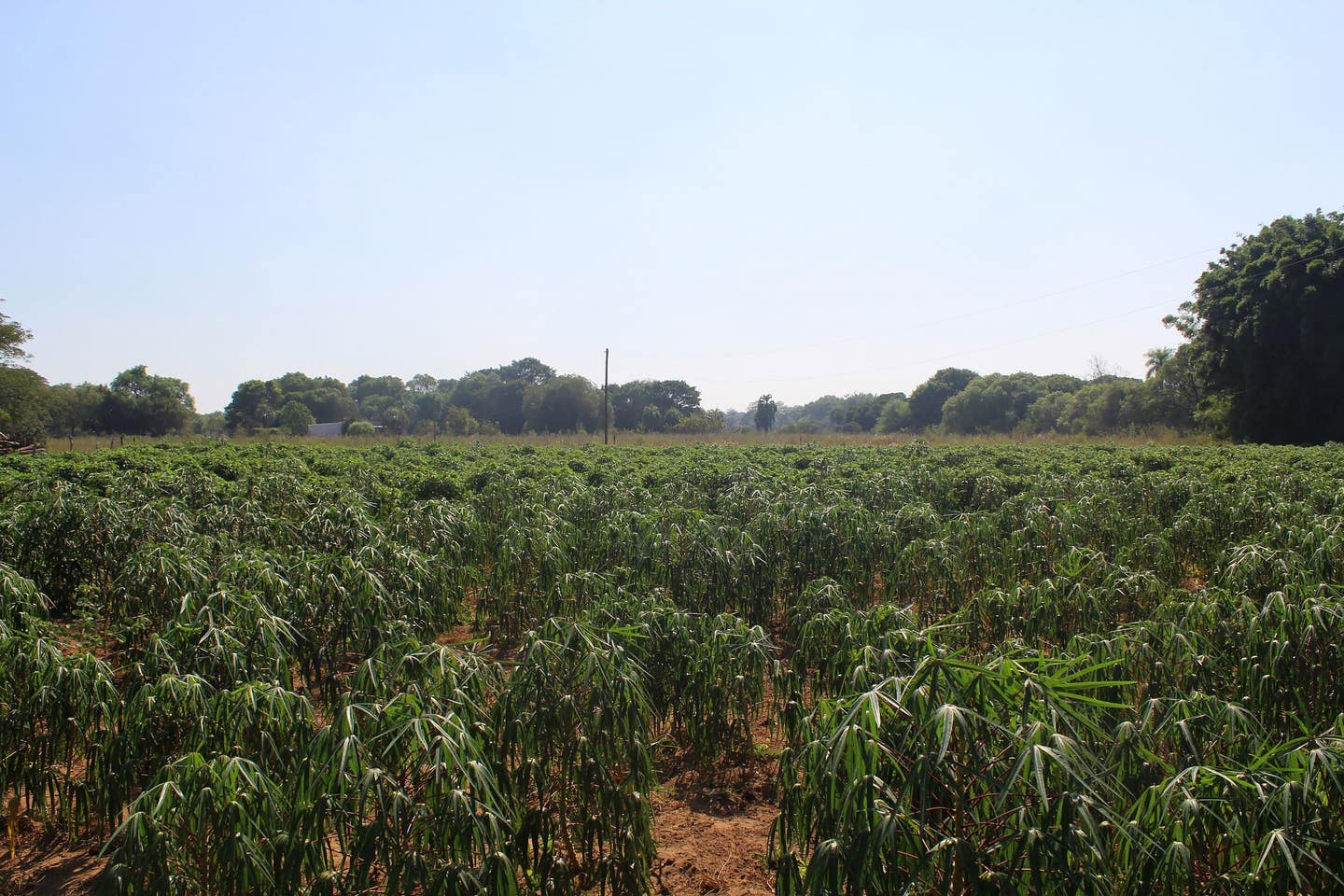
“I can’t imagine living anywhere except Corrientes,” says Cutro. “The land, the people, the mixture of cultures, our way of living is reflected completely in our food, and we need to be conscientious about preserving that unique identity.”
Observing quietly as Esquivel and Acosta grind corn and knead dough is Romina Coronel, a 20-something cook who is the youngest of the bunch—and represents a future that the network is hoping to inspire. More and more young aspiring cooks are coming onboard Cocineros and learning about foods that, in many cases, have been lost in their own homes. “There are lots of foods that my family stopped preparing,” Coronel says. “I call my abuela all the time to ask if she remembers different recipes. I think that she is surprised that I want to learn how to make our family’s dishes.”
A desire to revitalize the food of their grandparents is just a small part of the mission. Rather than get stuck in nostalgia, Cocineros aims to resuscitate a way of life that values a connection to place and the food borne from it.
“Food is a social expression,” says Medina in between sips of mate. “It is important for us to tell a story. At culinary school, they don’t teach us Argentinian cuisine, much less regional cooking. This isn’t merely economic or even about creating a good product, it is about telling the story of our home and our culture and all of the people behind it. This food has enormous value.”
Recipes
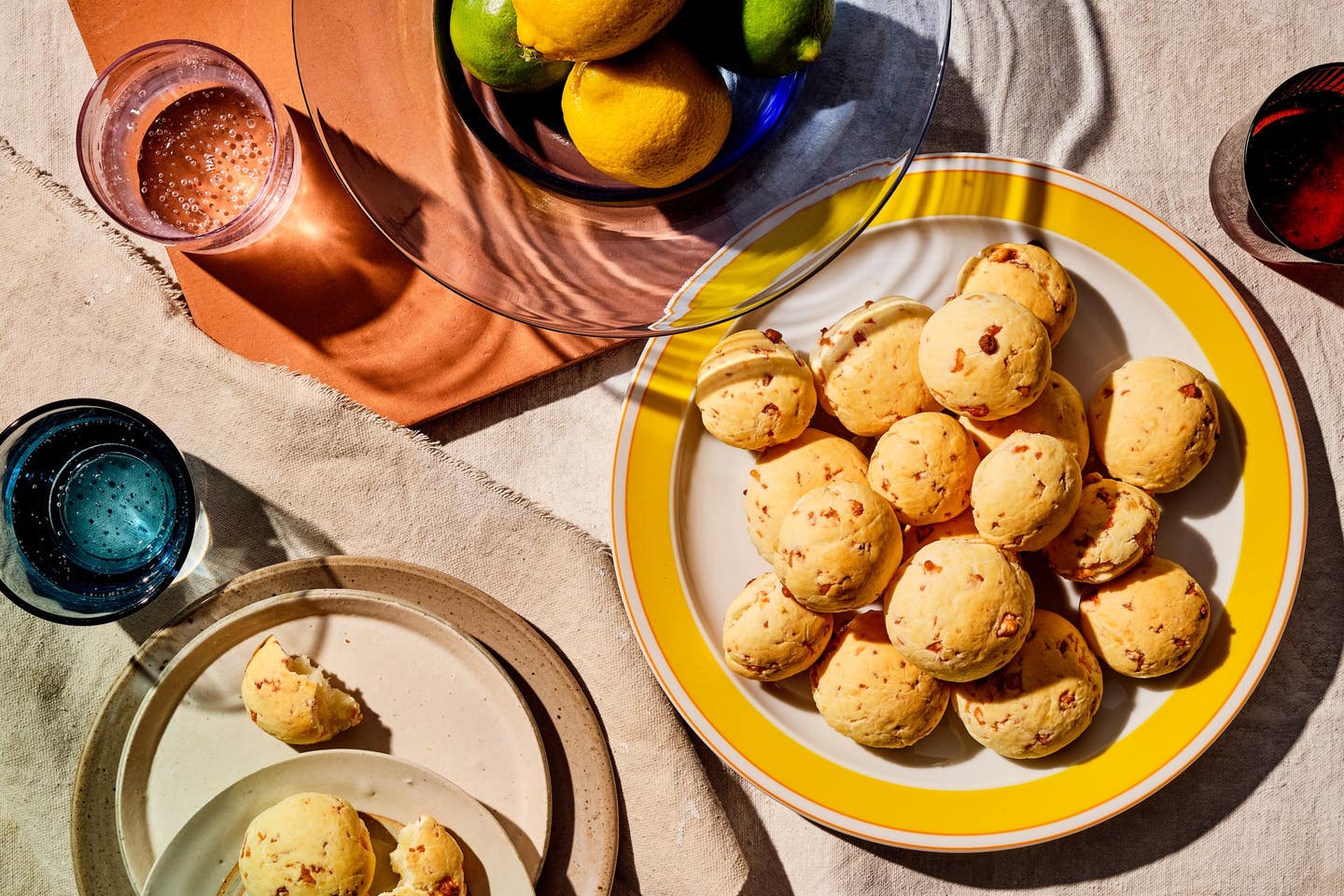
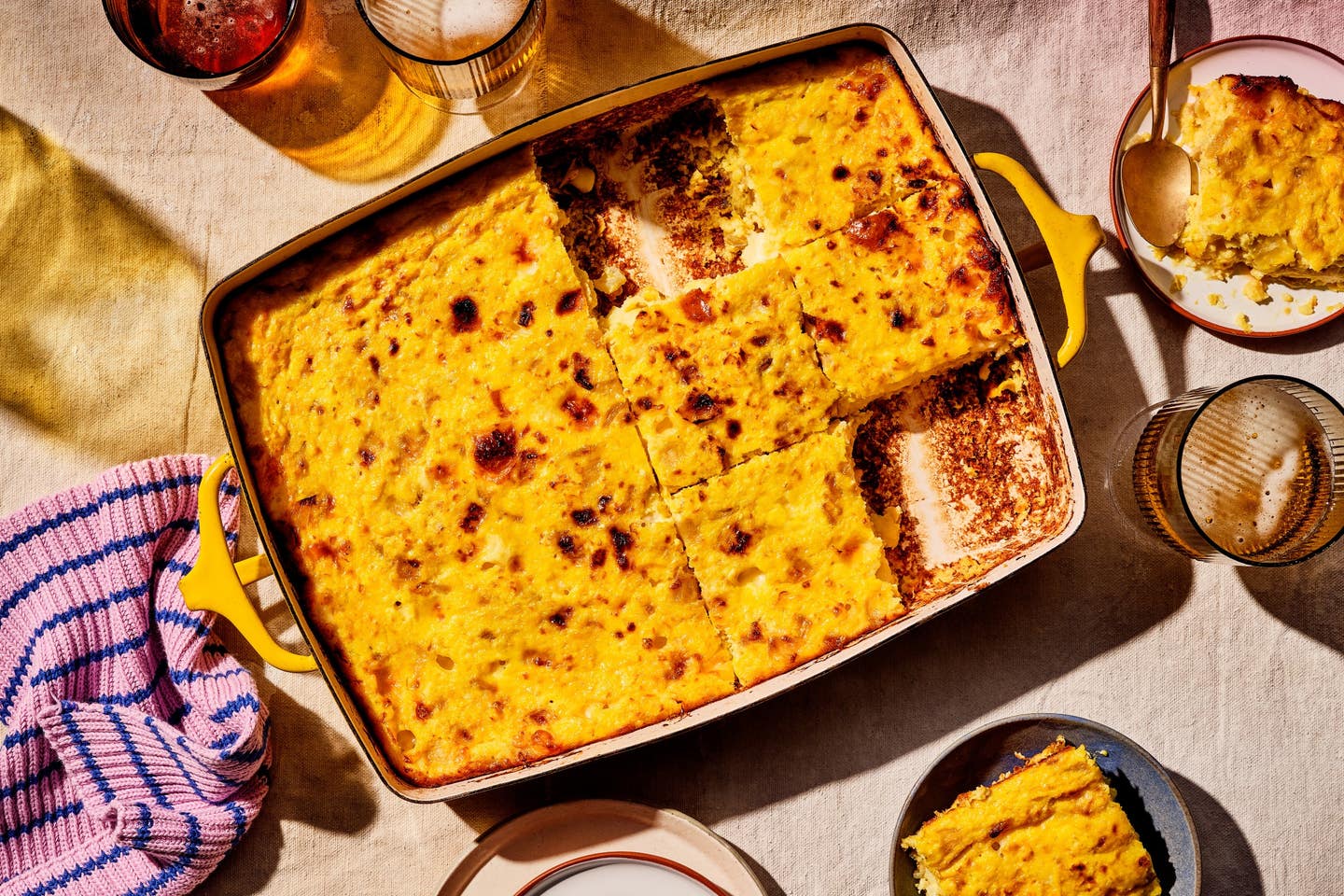

Keep Reading
Continue to Next Story










